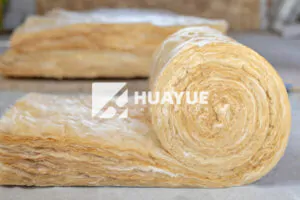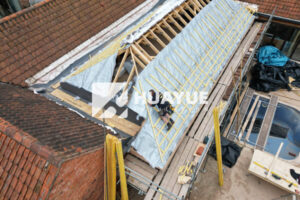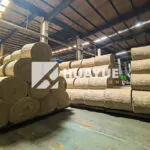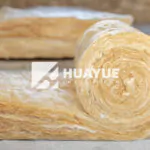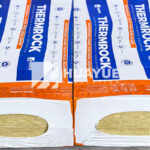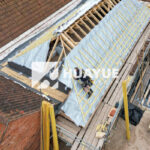Can Fiberglass Insulation Touch Ductwork?
If you have ever wondered whether fiberglass insulation can safely touch ductwork, you are not alone. Many facility managers and engineers share this concern, especially when energy loss and building safety are involved.
Fiberglass insulation can touch ductwork if the insulation is properly installed, does not obstruct air flow, and is kept dry. Correct installation prevents condensation and energy loss while supporting fire safety compliance.
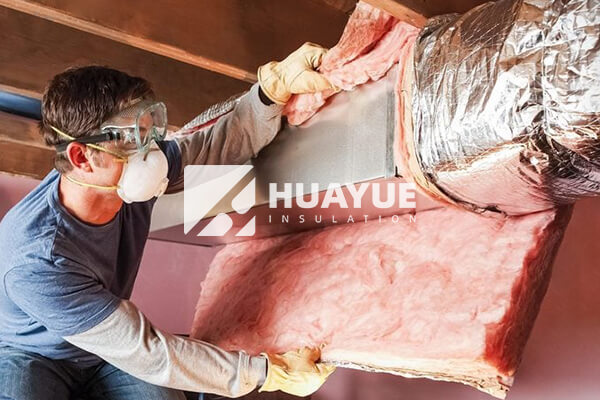
Sometimes, one detail—like whether insulation can contact ductwork—feels small but means a lot. Ignoring it might cause bigger problems in energy efficiency, building safety, and maintenance budgets down the line. Let’s break the topic down so you can make informed decisions about insulating your ductwork.
Can you put fiberglass insulation around ductwork?
Ductwork exposed to unconditioned spaces can cause energy loss. Sometimes, those losses drive up costs or affect system performance.
Yes, you can put fiberglass insulation around ductwork. Just make sure the insulation covers the ducts fully, fits snugly without gaps, and is protected from moisture. This helps reduce heat loss or gain and curbs condensation.
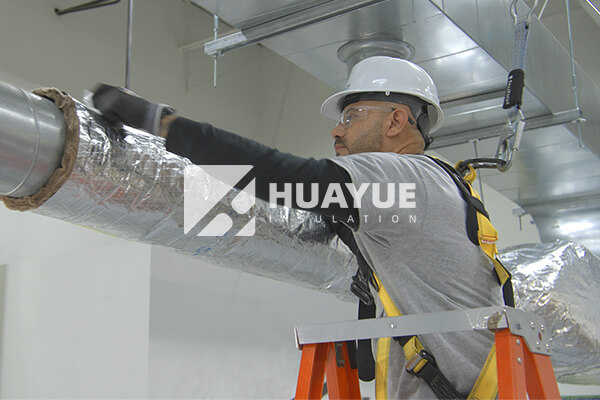
Most commercial and industrial buildings use some type of duct insulation, especially above ceilings or in utility rooms. I have worked with project managers who worry about wrapping the ducts too tightly or causing degradation over time. The main thing is correct fit and moisture protection. Gaps in the wrap or compressed fiberglass will lower thermal performance and may lead to condensation. If moisture gets into the fiberglass, it loses its insulating value and can damage duct surfaces. I always suggest using a vapor barrier or specialized insulation facings for all duct insulation jobs, especially those passing through humid areas.
| Key Step | Why Important | What To Watch For |
|---|---|---|
| Full coverage of duct surface | Avoids thermal bridging | No exposed metal |
| Proper thickness | Achieves expected R-value | Check specs |
| Uncompressed fit | Maintains insulation value | Do not squeeze material |
| Vapor barrier or facing | Stops moisture intrusion | Overlap and seal seams |
| Secure attachment | Prevents sliding or gaps | Use proper fasteners/tape |
It always helps to stick to manufacturer guidelines. Sometimes, local building codes may require a specific insulation method or vapor barrier for ductwork, so I check those before starting the job.
Can insulation touch air ducts?
Bringing insulation into direct contact with air ducts in unconditioned spaces often causes concern about corrosion or airflow restrictions.
Insulation can touch air ducts safely if the materials used are non-corrosive and the insulation remains dry. Use insulation rated for duct applications and avoid blocking any air openings or access panels.
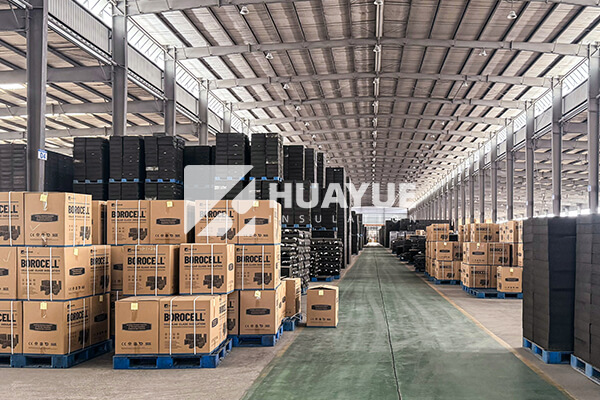
In my experience, concerns about “touching” come from worries over corrosion under insulation (CUI) and restricted maintenance access. When ducts are made from steel, a poorly-chosen insulation or improper vapor barrier can lead to condensation, which then causes corrosion. That’s why most guidelines suggest only using insulation with appropriate facings (like foil or vinyl) and taping all seams. This helps keep moisture out.
On the other hand, don’t push insulation material into a position where it blocks important parts of the duct, such as inspection panels or internal dampers. Any extra pressure or impact from the insulation might cause problems for maintenance teams down the road. Most fiberglass duct wraps are designed for contact with metal ductwork and do not have ingredients that accelerate corrosion, as long as the system stays dry.
| Concern | Solution | Notes |
|---|---|---|
| Corrosion under insulation (CUI) | Use vapor barrier | Avoid condensation |
| Blocking access panels | Leave access clear | Mark locations |
| Fire ratings | Use duct-rated insulation | Meet code requirements |
| Mold risk | Keep insulation dry | Inspect regularly |
A good practice is to double-check with the insulation supplier or manufacturer. They will usually have specific recommendations for their product in contact with air ducts.
Do you need an air gap with fiberglass insulation?
Every time I meet with a facility manager, this question comes up. Some people think an air gap is required for insulation to work correctly.
You do not need an air gap between fiberglass insulation and ductwork. Fiberglass insulation works through trapped air pockets within the material, not by having space outside the insulation layer.
Many people think that leaving an air gap will boost the insulation value, but that’s not how fiberglass works. Instead, packing the insulation snugly against the duct stops thermal bridging and controls condensation. Gaps can actually become locations for moisture build-up or unwanted temperature changes.
Sometimes I see older facilities where earlier installers left a gap or loosely draped insulation. These jobs almost always have signs of condensation or energy loss. Modern best practices call for insulation that is tight against the surface, fitted carefully at seams, and protected with vapor-retarding facings.
| Misconception | Fact | Result |
|---|---|---|
| Air gap needed | No air gap required | Proper fit is key |
| Fiber needs to “breathe” | Vapor barrier is more important | Avoids moisture problems |
| Loose fit is better | Snug fit achieves better R-value | Less condensation risk |
Careful installation is everything. When done right, fiberglass insulation provides all the thermal resistance needed, without any gaps or extra space.
Can fiberglass insulation of an air duct grow mold?
After working in this sector for years, I know mold is a top concern for anyone dealing with fiberglass insulation.
Fiberglass insulation itself does not support mold growth because glass fibers do not provide nutrients. However, if insulation gets wet and organic dust accumulates, mold may develop on the facing or debris.
There was one site where insulation was applied beautifully, but the facing was punctured by careless handling during maintenance. Humid air entered, condensation formed, and over time, the outer jacket grew mold even though the fiberglass under it was clean. The fix was to replace the affected section, repair the vapor barrier, and remind everyone that even small tears matter.
It is very important to keep insulation dry and inspect seams and facings after installation and every maintenance visit. Mold cannot grow on glass itself, but any dust, paper facing, or dirt on the surface can provide a place for mold to root if the surface gets damp.
| Factor | Mold Risk | Preventive Action |
|---|---|---|
| Wet fiberglass | Moderate | Dry and seal immediately |
| Damaged vapor barrier | High | Repair and inspect regularly |
| Accumulated dust/dirt | Possible | Clean surfaces, keep covered |
| Air leaks at seams | High | Tape and seal all joints |
Regularly scheduled checks and making sure the vapor barrier is in good condition are the most important steps for keeping mold away in any industrial or commercial duct insulation system.
Conclusion
Properly installed fiberglass insulation can touch ductwork, but installation quality, fit, and moisture prevention are key to long life, safety, and efficiency in HVAC systems.
You may also be interested in:
Ready to Get Started?
Get in touch with our experts for personalized solutions tailored to your needs.
Get Free QuoteLatest Articles
Let's Work Together
Ready to take your business to the next level? Get in touch with our team of experts and let's discuss how we can help you achieve your goals.
Get Free Solutions
